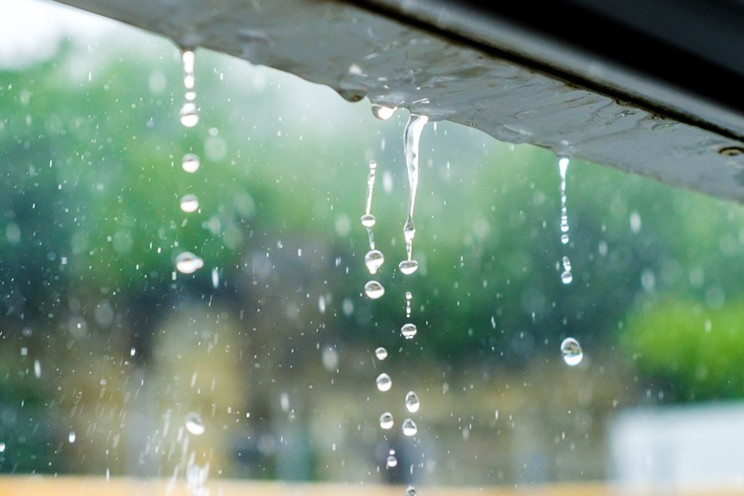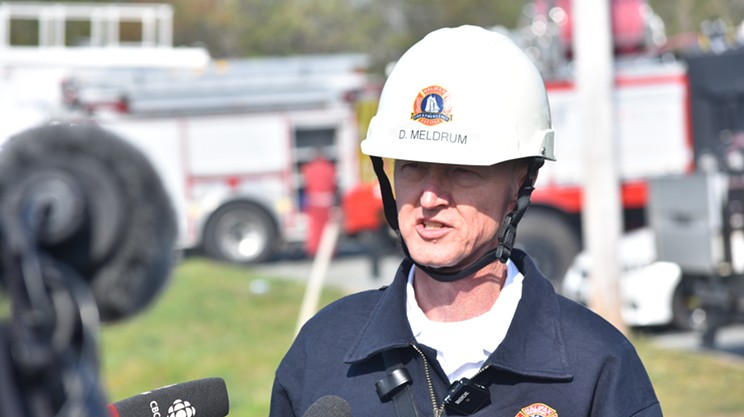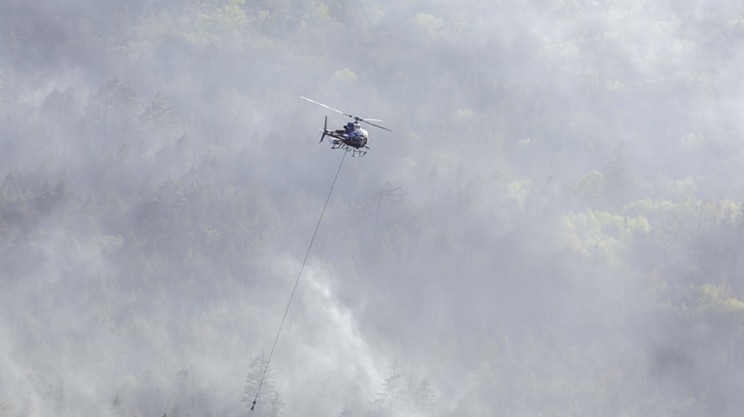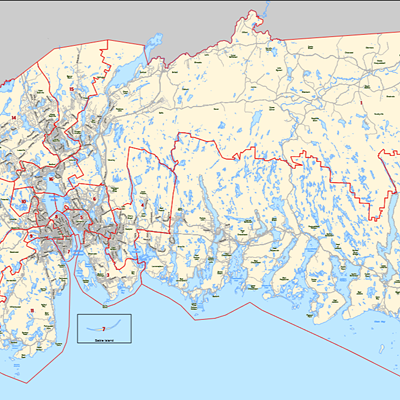The good news: Environment Canada is predicting a few days of rain for Nova Scotia starting Friday, which can only help fight the various forest fires burning across the province. The bad news: After one of the driest springs on record, parched Nova Scotia will need huge amounts of rainfall to get back to normal.
It's after 5pm on Wednesday when Ian Hubbard, a meteorologist with Environment and Climate Change Canada, returns The Coast's call. Although the typical work day is over, the month technically isn't—there are still some hours left for weather to happen on this last day of May—but given the day's dry conditions Hubbard is willing to talk about monthly rain trends.
"May was a very dry month," he says, confirming what the unprecedented amount of wildfire happening right now suggests. According to Nova Scotia's Wildfire Dashboard, there are 12 active wildfires in the province, including two new in the last 24 hours, and three classified as "Not Under Control"—the Tantallon fire in Halifax, the massive fire in Barrington Lake (Shelburne County) and a much smaller blaze in Pubnico, Yarmouth County.
Environment Canada measures weather conditions at "stations" all over the place; since 1840 there have been 316 used in Nova Scotia alone, although only 48 are in use today.* To give a sense for climate trends across the province, Hubbard cites four stations: Halifax Stanfield International Airport, Greenwood in the Annapolis Valley, Yarmouth and Sydney, Cape Breton.
At Halifax Stanfield, there were 63.5 millimetres of rain observed during May 2023. The normal amount—and for Environment Canada that "normal" is the average over the last 30 years—for Halifax in May is 109.8mm. Put in percentages, this May's monthly total rainfall was just 58% of normal.
Sydney had a relatively wetter May, getting 82% of normal rainfall. But Greenwood and Yarmouth were drier than Halifax, at 35% and 38% of normal, respectively.
Hubbard goes over March and April rainfall, too. It's more of the same story across the province, as the graph above shows. And snowfall was also at a fraction of normal. Taken together—March, April and the preliminary numbers for May—it adds up to a historically dry spring. "The second-driest spring on record" at Halifax International, Hubbard says, and the third-driest in Yarmouth.
Dry climate, wet weather
That dry climate made Nova Scotia a tinderbox in May. But thankfully the weather in early June should be wet. Hubbard says a "weak system coming from the north" means a chance of showers during the day on Friday, leading to "organized rain or showers" Friday night and through the rest of the weekend. Then Monday a different weather system is forecast to come from the south, with a "really good chance of significant rain."
Wednesday night, the outlook for Friday isn't particularly detailed yet: Environment Canada will only predict a "mix of sun and cloud with 60 percent chance of showers" for Halifax. "It's a little too far out to start talking about amounts," Hubbard says. So until a good solid storm arrives to help put out these fires, and maybe for a while after, pray for rain.
*Thanks to reader Doug Merrett for getting in touch with advice on navigating Environment Canada's database of active and historic stations.



















